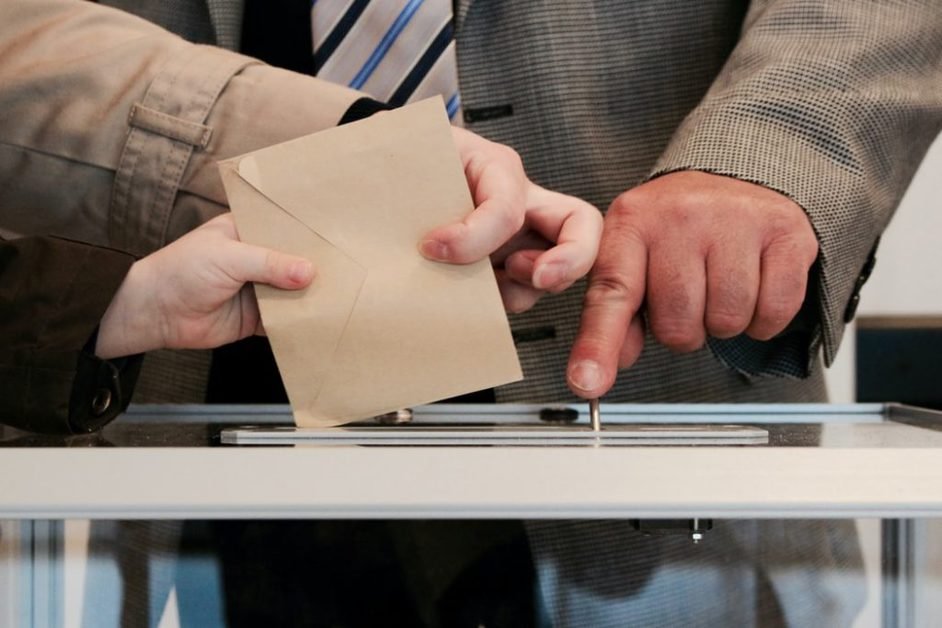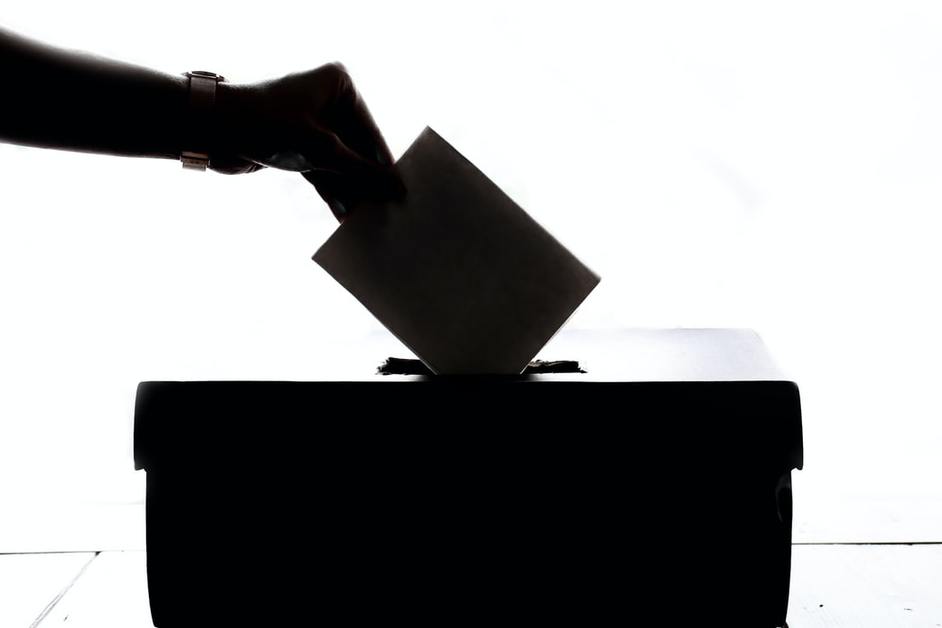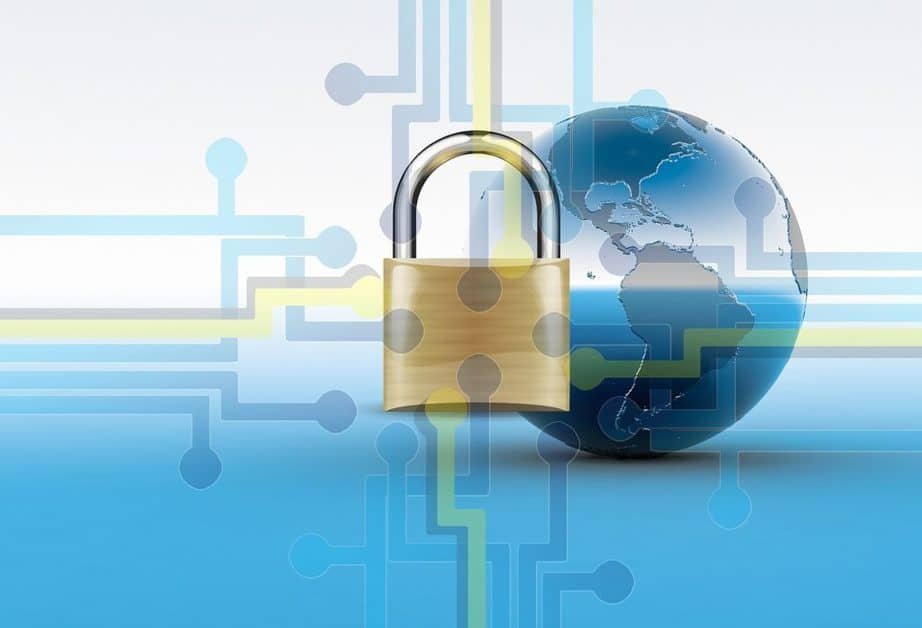During the late 1980s and early 1990s, a British TV show called Opportunity Knocks began using a telephone voting system for viewers to decide who would be the winner of its weekly talent contests.
The show had been produced in various forms since February 1949, first as a radio show and later being aired on TV. It pioneered different ways to measure audience approval of its acts, using a device is called the “clap-o-meter” to step how enthusiastically the studio audience banged their hands together.
Other shows during the 20th century had used a panel of expert judges to make decisions on which contestants had been the most successful, making Opportunity Knocks a pioneer. The format has since become ubiquitous around the world, with shows like the X-Factor, Pop Idol, American Idol, and Big Brother all using a telephone voting system in some way.
Many shows have even allowed voting online, making it even easier for users to have a say in which contestant they like the most.
While voting for trivial things like the winner of a talent contest or reality show has kept pace with technology, voting in the real world has not.
Today, we still have to go out and travel to the polling station in person. Despite lots of new technologies that help improve security, voting still generally revolves around the pen (or pencil) and paper.
This has led many to question why we don’t embrace digital technology and start letting our citizens decide their leaders from their smartphone, tablet, or computer. Well, the answer is that digital voting systems just still aren’t secure enough.
Security Problems
In the United Kingdom, voters have their say on who they want to be their next councillor, member of parliament, or police and crime commissioner in the same way that they have done for hundreds of years.
They walk into a temporarily converted building, often a community centre or school hall, tell the person their name and address, and take a paper voting slip. They walk to a wooden voting booth and use the provided pencil to mark an X in the box of their chosen candidate(s).
They then fold up the slip and place it into a tiny opening in an otherwise sealed box, before walking out of the polling station with the satisfaction that they’ve taken part in a democratic exercise.
These paper slips are then taken to a central counting location, remaining under the supervision of several people during their transit. They’re then counted in full view of representatives of different political parties, the media, and other officials, making it difficult for anyone to tamper with the votes.
It’s a secure system that, while challenging, has been proven to work for centuries.

In the United States, the system varies from state to state, but many parts of the country have switched to electronic voting machines. They work differently in each jurisdiction, ranging from computers that tally the votes electronically to ones that just print out a printed card with your vote on.
However, these machines are known to be filled with security risks. Either through buggy software, their internet connections, or the fact that they’re left unattended for long periods. For example, some new machines delivered to Pennsylvania run Windows 7, an unsupported operating system.
How Does This Affect Election Results?
In an election such as the 2020 Presidential race, where the odds of either candidate winning will be close, security flaws in election machinery can call the results into question.
There’s precedent for this too. The 2000 presidential election was a close call between George W Bush and Al Gore, with the state of Florida ultimately deciding the outcome. The results were so narrow that state law required there to be a recount, ultimately resulting in a Supreme Court decision.
Bush won Florida by 537 votes, a margin of just 0.009%.
The reason the result was so controversial at the time was down to flaws in the voting machines used in Florida. The state’s electorate voted by using a computer to punch a hole in a card, but many struggled to understand how it worked. This resulted in too many or too few candidates being voted for, or “hanging chads”, where the card hadn’t been wholly punched.
It’s clear then that having a system free of doubt is essential to maintain the trust in the democratic process.
There is often an argument that we use the internet to conduct secure transactions. Encryption protects our online purchases, and it keeps our bank accounts safe when we move money around from our mobile apps.
So if we use this technology already, why can’t we apply it to voting?
Internet voting already takes place in Estonia. The Baltic country uses electronic voting with identity cards that are issued to each citizen. While it has been praised by many, the system has been criticised by computer experts around the world.
One of these experts is British computer programmer Tom Scott. In a YouTube video, he explained that the requirement for votes to be both anonymous and trusted makes it difficult for digital voting to be practical.
There are multiple weak points in an online system, including the communication between the voter and the central server, and the code used to tally up the votes.
He argued that even when a system is not compromised, the system can still be questioned, leading to a breakdown in trust. It isn’t necessary to prove that the system is compromised, just to have enough people question the validity of the outcome it produces.
Therefore, it seems like voters in most democracies around the world will continue to vote using the traditional, tried and tested systems of the pen and paper for some time to come.
Ultimately, a system that can call into question the outcome of a democratic exercise is not fit for purpose, regardless of whether doubts are justified or not. So for the foreseeable future, it’s likely that we’ll continue to have to make the journey to vote in person.











Leave a Reply